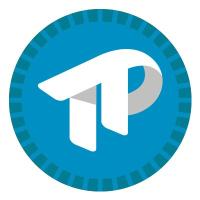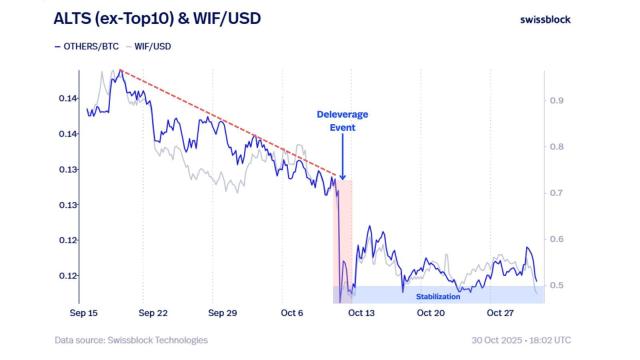Ripple's core underlying technology, the XRP Ledger (XRPL), is building a stable blockchain ecosystem even in 2025, armed with fast processing speeds and low fees. Building on these technological strengths, a new project called "XRP Tundra" has recently emerged, significantly expanding XRPL's utility.
XRPL processes transactions within an average of 3-5 seconds and has fees as low as less than 1 cent, garnering attention as a payment infrastructure readily applicable to real-world applications. Over the past year, despite the growing number of network validators and volatility, XRPL has maintained a steady transaction throughput, earning recognition as a blockchain focused on practicality. This technological stability has led to active development of practical blockchain applications, including decentralized exchanges, tokenization tools, and cross-border payment systems.
XRP Tundra is a dual-chain ecosystem built on the success of XRPL. It connects Solana and XRPL, each using two tokens: TUNDRA-S and TUNDRA-X. TUNDRA-S serves as liquidity and rewards on the Solana blockchain, while TUNDRA-X serves as governance and reserves on XRPL. This structure separates the functions and control of the ecosystem. This ensures both performance and stability.
Of particular note is the "Cryo Vault" feature, a new revenue-generating tool for XRP holders. Users can "freeze" XRP or TUNDRA tokens in their wallets for a set period of time to receive rewards in the form of TUNDRA-S. Unlike standard exchange staking, assets are stored within XRPL and operated through transparent, on-chain smart contracts. With no minimum deposit required, Cryo Vault offers easy access.
The "GlacierChain" project, designed to expand XRPL's smart contract capabilities, is also in operation. This is a separate layer 2 network operating on top of XRPL, aiming to provide decentralized finance (DeFi) services and automated financial tools. Its strength lies in enabling both users and developers to expand XRPL-based applications without the need for external bridges. GlacierChain aims to be a hybrid model that combines selective identity verification for future regulatory compliance with open access to DeFi.
XRP Tundra is also taking a cautious approach to security and transparency. It has passed audit reports from Cyberscope, Solidproof, and FreshCoins, and the project team has completed real-name verification with Vital Block. Furthermore, it is pursuing stable liquidity by implementing the Meteora protocol's DAMM V2, considered a core liquidity tool in the Solana ecosystem.
Considering these factors comprehensively, XRP Tundra stands out as the first major decentralized finance (DeFi) project based on XRPL. The expansion of the XRP ecosystem, adding practicality and profitability to proven infrastructure, demonstrates the potential for a shift from speculative themes to sustainable blockchain design.
Get real-time news... Go to TokenPost Telegram
Copyright © TokenPost. Unauthorized reproduction and redistribution prohibited.








